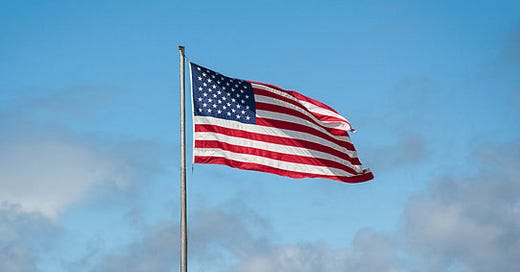On July 4, 1776, the United States of America was founded. On that day, the Second Continental Congress adopted the Declaration of Independence. A committee consisting of John Adams, Benjamin Franklin, Thomas Jefferson, Robert Livingston, and Roger Sherman wrote the Declaration. Jefferson did most of the writing, and his draft, with some changes, was approved by the members of Congress. The historic document began with the formulation of fundamental principles concerning the rights of man and the duty of the people to alter or abolish governments that destroy said rights. It proceeded to list the numerous acts of tyranny committed by the King of Great Britain in the North American colonies. And it concluded with the declaration “that these United Colonies are, and of Right ought to be Free and Independent States.”
The road to independence began in 1763, when the British Parliament enacted a series of measures designed to raise revenue for the British government in order to p…


